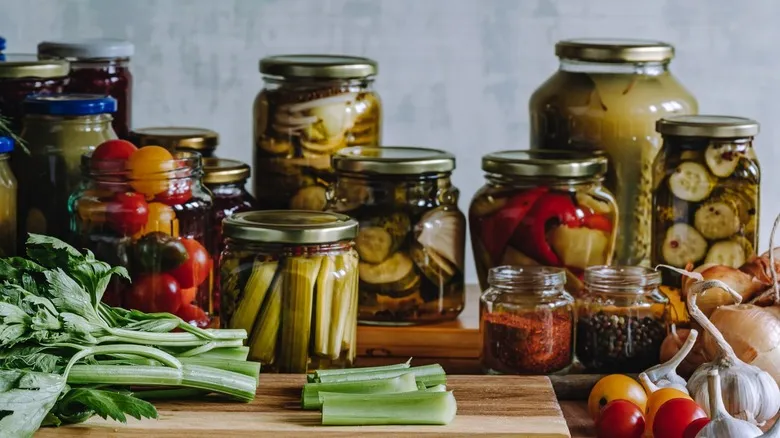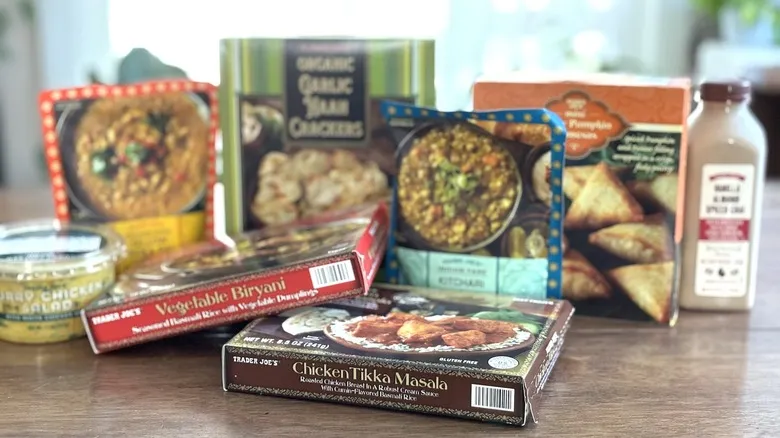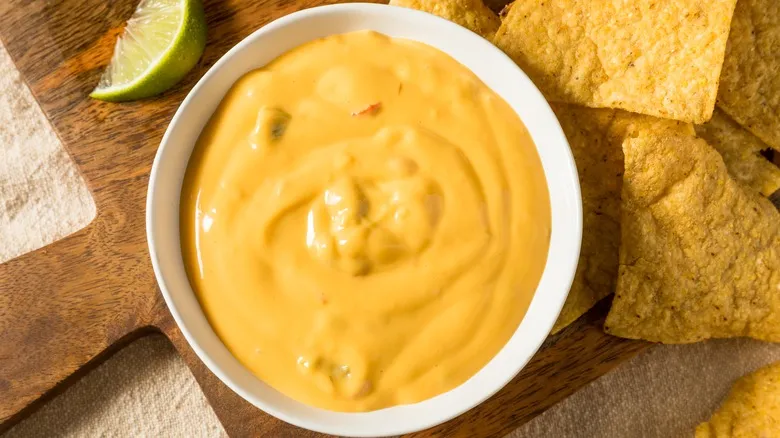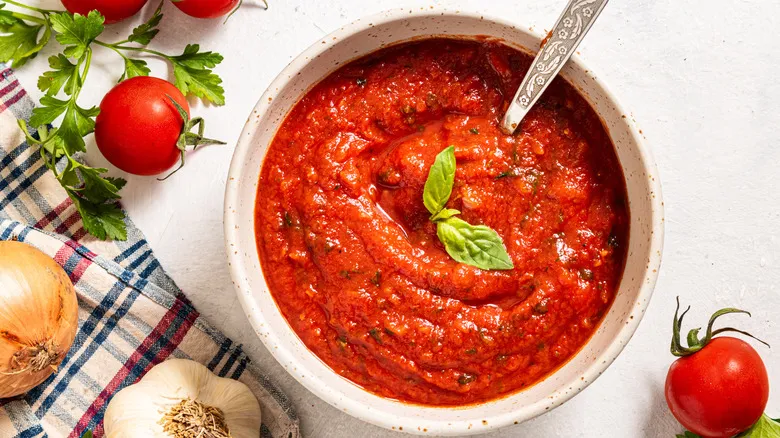Digging into the pickling process

Pickling, as a broad term, encompasses several different methods. But how do these methods specifically influence the final product? While fermentation is more commonly associated with the production of wine and beer — as well as related foods like kimchi and sauerkraut — it also plays a significant role in your jar of pickles. In essence, fermentation involves the conversion of sugars in your pickled items into lactic acid by beneficial bacteria. This process accounts for the tangy flavor found in pickled foods (and fermented foods in general) and explains why the flavors tend to intensify over time.
Other elements, such as osmosis and additional flavoring ingredients, are also important. The osmosis that occurs during pickling, which utilizes salt to draw out moisture from the produce, is vital for achieving a crisp texture. (Just be sure to use the appropriate type of salt for pickling.) While puncturing your vegetables can slightly expedite this process, it is generally not necessary. When it comes to flavoring, this is where you have the greatest opportunity for creativity. Vinegar is, of course, essential to a pickle's taste. Beyond that, ingredients like dill, garlic, mustard seeds, coriander, and allspice berries are just a few examples of the numerous herbs and spices you can incorporate. With all these elements combined, it would be quite challenging to create a bad pickle.
Recommended
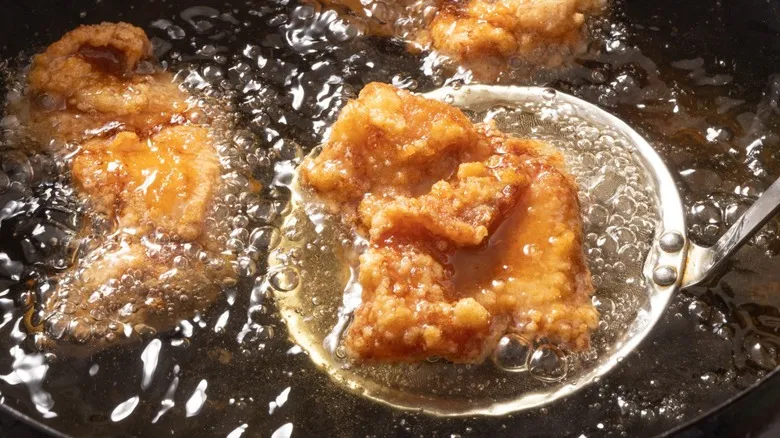
What's The Real Difference Between Deep-Frying And Pan-Frying?
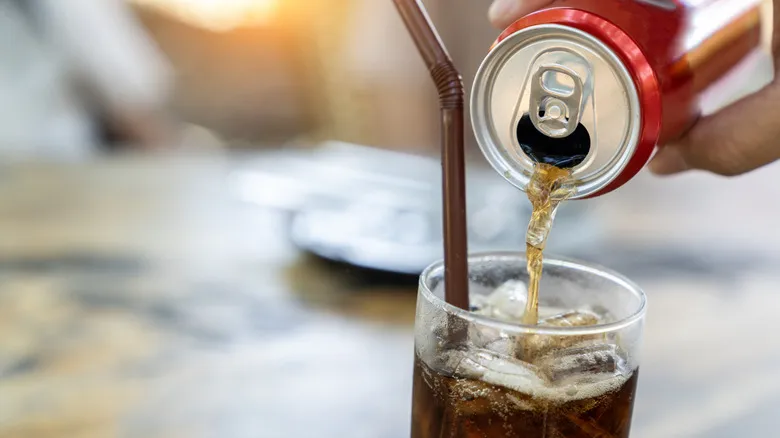
Can Soda Actually Go Bad?
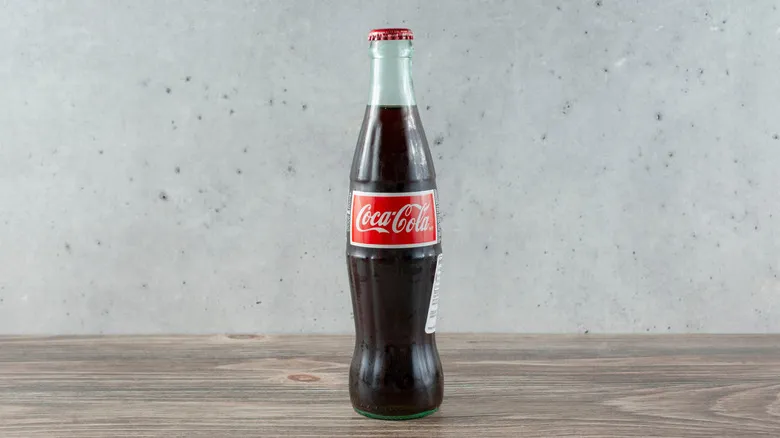
What Makes Mexican Coke Taste Different From American Coke?
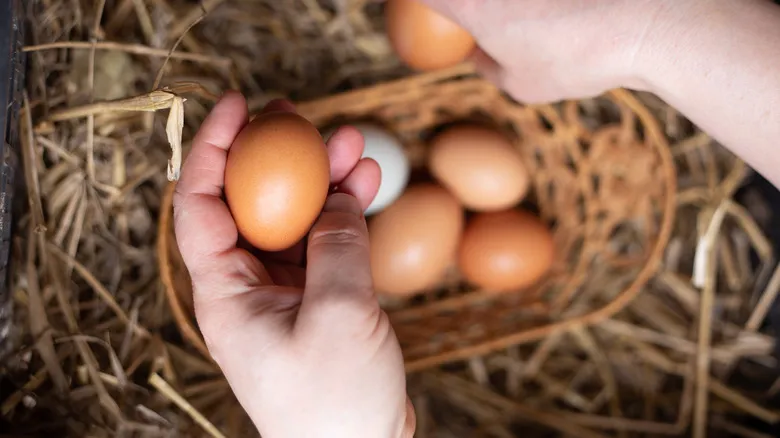
Farm-Fresh Eggs Are Safe To Eat, But Here's What To Know First
Next up

